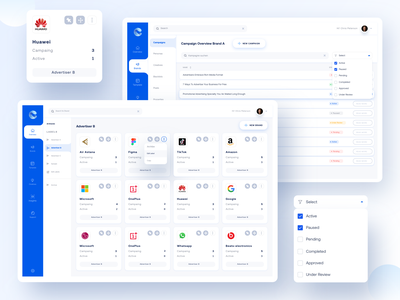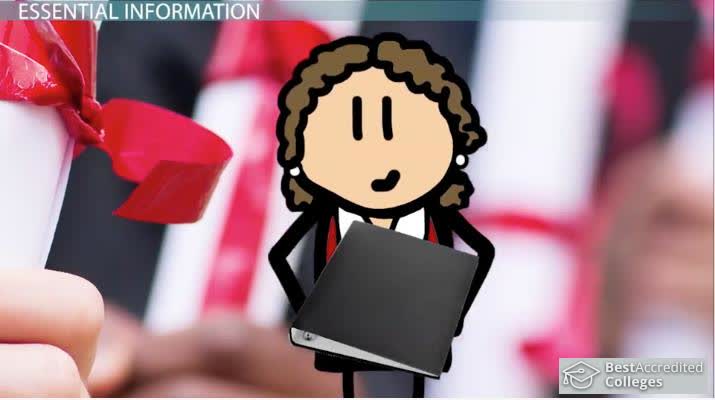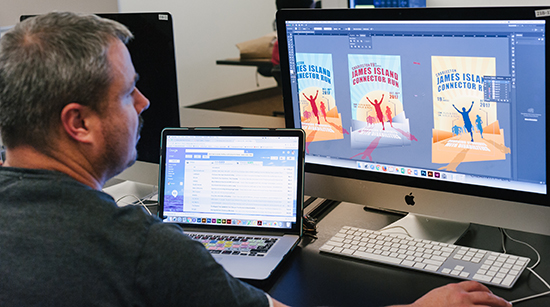
The login screen is the user's first interaction with your website. If it is difficult for them to login, they may leave and find another website. There are some things you can do that will make their lives easier.
To begin with, offer the option for them to save their data. It is better for them to click a button rather than having to type the same information again. Even if you can't do that, giving them an opportunity to save their username and password is still a good idea.
You should also check the font size. It can be helpful to change it to a larger size, which will increase visibility and not clutter up the user interface.

In addition to providing adequate security, make sure that the sign-up process is as smooth as possible. This will keep users from becoming frustrated with the system and abandoning it. A responsive design will ensure that your users have a wonderful experience, regardless of what device they use.
Another helpful tip is to test your login screens for the first time to make sure they meet all of your requirements. Especially if you are designing for mobile devices, testing is especially important. This function can be performed by a variety of apps.
There are many options that you could include on your login screen. These features can be anything from eye-catching icons to cleverly designed animations. Choose the most appropriate one for your application. Your login page could also be humorous to help you relax.
Two-panel layouts are a great way to create a professional looking login screen. It is easier to present the correct information to the right people at the right moment by having two sections. A two-panel layout allows for more flexibility and adaptability, as well as being able to accommodate different screen sizes.

For example, you can display a simple illustration to inform the user that their email is already in use. You can also create a simple illustration to show the main idea. It will certainly be an improvement over a simple login form.
Last but not least, don't cut corners on the graphics. Even though a fancy logo might get you in, a few striking graphics will make your users feel connected. To achieve this you can draw the picture using a rectangle tool or create a vector graphic. Alternatively, you can use the pre-built artboard templates available for web design. Make your customers feel appreciated and valued by creating a fun login page.
It can be challenging to create a login page that meets your expectations. You can make a user experience that is memorable, effective and creative with just a little thought.
FAQ
What is responsive web design?
Responsive Web Design (RWD) is an approach to designing websites where content displays responsively on all devices - desktop computers, laptops, tablets, smartphones, etc. This allows users to simultaneously view a website from one device while still being able to access other features, such as navigation menus and buttons. The goal of RWD is to ensure that when a user views a site on any screen size, they view the exact version of the site.
If you are building a website to sell products primarily via eCommerce, then you want to make sure that customers can purchase items from your store even if they view it on their smartphones.
A responsive site will automatically adjust its layout based on the device being used to view it. Your laptop will view the website exactly as a normal desktop site. It will be different if the page is viewed from your phone.
This allows you to create one website that works on all devices.
Can I use HTML & CCS to build my website?
Yes, you can! You'll need to be familiar with web design concepts and programming languages such HTML (Hyper Text Markup Language), CSS, and CascadingStyle Sheets. These two languages make it possible to create websites accessible by all who have an internet connection.
Web development is hard?
Web Development is hard but you can learn it if you are passionate about coding.
It is as easy as finding the right tools for you and following them step by step.
YouTube and other platforms offer many tutorials. There are also free online programs like Sublime Text and Notepad++.
You can also find many books in libraries and bookstores. Some of the most popular ones include:
O'Reilly Media's Head First HTML & HTML
O'Reilly Media's Head First PHP and MySQL 5th Ed.
Packt Publishing: "PHP Programming to Absolute Beginners"
I hope this article helps you!
Can I use a Template or Framework on My Website?
Yes! Pre-built templates and frameworks are often used when building websites. These templates contain all the code that is required to display information.
Some of the most popular templates include:
WordPress - The most popular CMS
Joomla - another popular open source CMS
Drupal – An enterprise-level solution used by large organizations
Expression Engine - a proprietary CMS from Yahoo
You will find hundreds of templates for each platform. So it shouldn't be hard to choose the right one.
How Do I Choose A Domain Name?
It is important to pick a quality domain name. People won't know where to go if they don't have a good domain name.
Your domain name should be concise, memorable, unique, relevant, and easy to remember. In order to make your domain name memorable, people should be able to type it into their browsers.
Here are some tips for choosing a domain name:
* Use keywords related your niche.
* Do not use (-), hyphens in your numbers and symbols.
* Don't use.net or.org domains.
* Do not use words you already know.
* Avoid generic terms such as "domain" and "website".
* Check that it is available.
Is WordPress a CMS?
The answer is yes. It's called a Content Management System. A CMS allows you to manage your website content from within a web browser instead of using an application such as Dreamweaver or Frontpage.
WordPress's best feature is its free pricing! Hosting is all you need, and it's usually free.
WordPress was initially intended to be used as a blog platform. Now, WordPress offers many different options: eCommerce sites, forums. Membership websites. Portfolios.
WordPress is easy to install and set up. The installation file must be downloaded from the website and uploaded to your server. You can then visit your domain name using your web browser to log in to your new website.
After installing WordPress on your computer, you'll need a username and a password. Once you log in, you will be able to access your settings from a dashboard.
This is where you can add pages or posts, images and links to them. You may skip this step if you feel comfortable editing and creating content.
You can, however, hire a professional Web designer to handle the whole thing if your preference is to work with another person.
Should I use WordPress, or a website builder
Start small to create a strong web presence. If you have all the resources and time, then build a website. If you don't have the resources to build a full-fledged site, a blog may be the best choice. As you develop your website design skills, you can always add additional features.
Before you start building your website, it is important to establish a primary domain. This will provide you with a point of reference when you publish content.
Statistics
- It's estimated that chatbots could reduce this by 30%. Gone are the days when chatbots were mere gimmicks – now, they're becoming ever more essential to customer-facing services. (websitebuilderexpert.com)
- Is your web design optimized for mobile? Over 50% of internet users browse websites using a mobile device. (wix.com)
- The average website user will read about 20% of the text on any given page, so it's crucial to entice them with an appropriate vibe. (websitebuilderexpert.com)
- It enables you to sell your music directly on your website and keep 100% of the profits. (wix.com)
- In fact, according to Color Matters, a signature color can boost brand recognition by 80%. There's a lot of psychology behind people's perception of color, so it's important to understand how it's used with your industry. (websitebuilderexpert.com)
External Links
How To
What is Website Hosting?
Website hosting describes where visitors go when they visit a site. There are two types.
-
Shared Hosting - This is your cheapest option. Your website files will reside on a server belonging to someone else. Customers who visit your website send their requests via the Internet over to that server. You then receive the request from the owner of the server.
-
Dedicated hosting - This is the most expensive option. Your website will reside on a single server. Your traffic stays private as no other websites can share the same server.
Because shared hosting is more affordable than dedicated hosting, most businesses opt for it. When you use shared hosting, the company that hosts the server gives you the resources to run your site.
But there are pros and cons to both options. Here are the main differences between them:
Shared Hosting Pros
-
Lower Cost
-
Simple to Setup
-
Frequent Updates
-
It is possible to find it on many web hosting companies
Hosting shared with others can cost as low as $10/month. This price often includes bandwidth. Bandwidth refers the data that you can transfer over the Internet. Even if you upload only photos to your blog you might still have to pay more for large amounts of data that you transfer through your account.
You'll soon realize why your old host cost so much once you get started. The majority of shared hosts offer limited customer support. Their techs will occasionally walk you through setting up your site, but you're on your own after that.
It is important to find a provider that provides 24-hour support. They will help you deal with any issues that arise while your sleeping.
Hosting dedicated:
-
More Expensive
-
Less is More
-
You will need to have special skills
With dedicated hosting, all you need to maintain your website are provided. You won't have to worry about whether you're using enough bandwidth or whether you've got enough RAM (random access memory).
This means that upfront, you'll need to spend a bit more. You'll soon realize that your business is self-sufficient once it's online. You'll quickly become an expert at managing your server.
Which Is Better for My Business?
This depends on the kind of website that you want. If you're selling products only, shared hosting might work best. It is simple to set up and easy to maintain. And since you're sharing a server with many other sites, you'll likely receive frequent updates.
If you want to create a community around a brand, dedicated hosting may be the best choice. You can focus on building your brand without worrying about handling your traffic.
Bluehost.com offers both. They offer unlimited monthly data transfers, 24/7 support, free domain name registration, and a 30-day money-back guarantee.